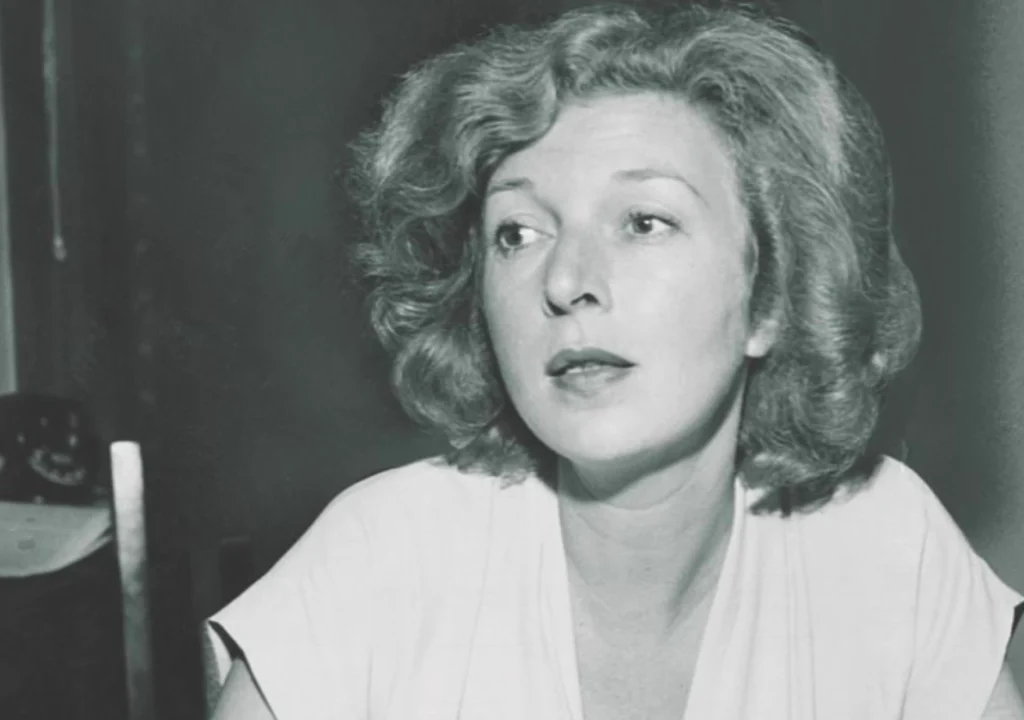
D-Day’s Unlikely Witness: Martha Gellhorn, the Woman Who Stormed Normandy
By Robbie perdue
June 6, 1944—D-Day— marked the largest amphibious invasion in history, with over 150,000 Allied troops storming the beaches of Normandy. Among them was an unexpected figure: Martha Gellhorn, the only woman to land on Omaha Beach that day. While war reporting was dominated by men, Gellhorn refused to watch from the sidelines. Her story is one of defiance, courage, and an unflinching commitment to the truth.

The War Correspondent Who Wouldn’t Be Stopped
Officially, women journalists were barred from frontline combat zones in WWII. The U.S. military granted only male reporters credentials to cover the D-Day landings, confining women like Gellhorn to press briefings or hospital ships. But Gellhorn, already a seasoned war reporter (having covered the Spanish Civil War and the Blitz), had no intention of missing history.
How She Got to Normandy
Stowing Away: Denied accreditation, Gellhorn hid on a hospital ship, the SS Normandy, disguised as a stretcher bearer.
Landing Under Fire: When the ship reached Omaha Beach, she jumped into the water and waded ashore, later describing the scene as “a chaos of bullets, blood, and bravery.”
Helping the Wounded: Before filing her report, she spent hours assisting medics with injured soldiers, witnessing the human cost of war up close.
“The First Wave”: A Report Like No Other
Gellhorn’s account, published in Collier’s magazine, was starkly different from the sanitized military dispatches of the time. She wrote not of strategy and glory, but of young men trembling in fear, medics working in exhaustion, and the deafening roar of war.
“The beach, as we walked ashore, was a mess of wreckage… broken rifles, helmets, lifebelts, ration boxes, all the litter of the first wave. And the dead. Soldiers rolled in the surf, their faces gray.”
— Martha Gellhorn, “The First Wave”
Her writing forced readers to confront the brutal reality of D-Day—something many journalists, embedded with military units, could not or would not do.
Why Gellhorn’s Story Still Matters
She Defied Gender Barriers: At a time when women were sidelined in war reporting, she proved they belonged in the field.
She Prioritized Truth Over Glory: While others focused on tactics, she humanized the soldiers.
She Never Stopped: Gellhorn covered wars for nearly 60 years, from WWII to Vietnam to Panama.
Honoring the Forgotten Heroine of D-Day
On this anniversary of D-Day, we remember not just the soldiers who fought, but those who bore witness. Martha Gellhorn’s determination to be there—even when the world told her no—makes her a symbol of resilience and journalistic integrity.
As she once said:
“I followed the war wherever I could reach it.”
And on June 6, 1944, she reached the heart of history.
Robbie Perdue
is a native North Carolinian who enjoys cooking, butchery, and is passionate about all things BBQ. He straddles two worlds as an IT professional and a farmer who loves heritage livestock and heirloom vegetables. His perfect day would be hunting deer, dove, or ducks then babysitting his smoker while watching the sunset over the blackwater of Lake Waccamaw.


You May Also Like

Arno Bernard Knives
March 2, 2021
Echoes of Valor: The Forgotten Confederate Sailors of Normandy
February 5, 2024
